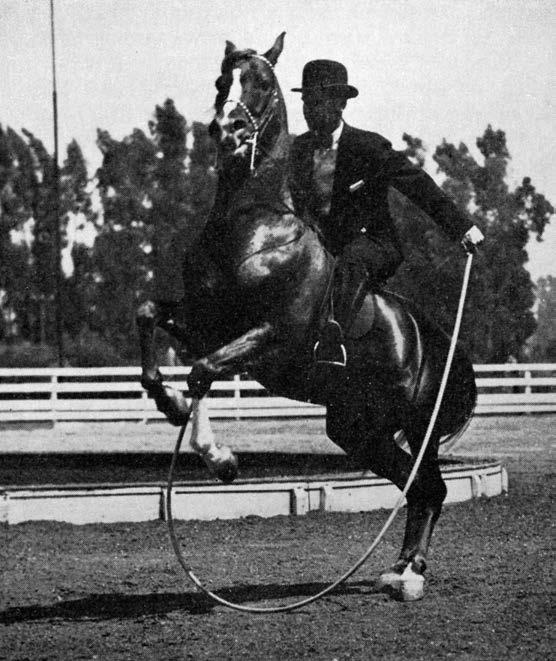True in the Morgan world, too. At least the for saddleseat horses in the ring, the canter is very short. Perhaps because some of them get pretty wild! The walk (always just before the canter) is also really short. It’s allllllllll about the trot.
Did you know that there are gaited Morgans? Another one of those things that the traditionalists tried to deny, but now that there’s a genetic test for it, sure enough, those horses that “move funny” are often gaited.




